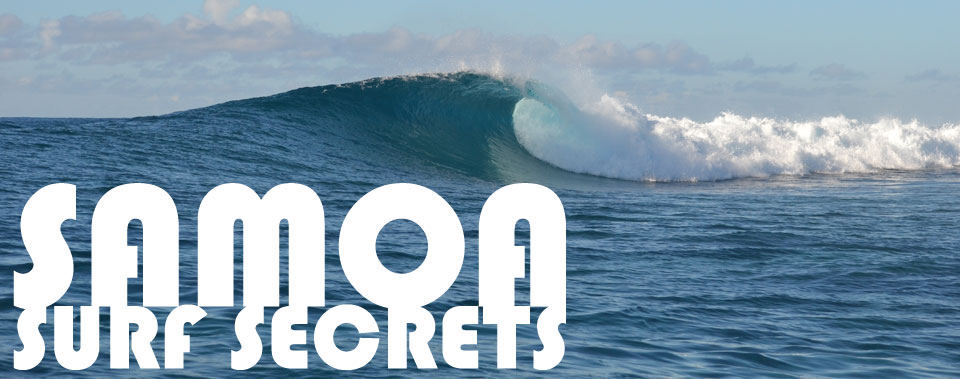SAMOA
GEOGRAPHY:
The Samoan Islands or Samoa Islands is an archipelago covering 3,030 km2 (1,170 sq mi) in the central South Pacific .Upolu is an island in Samoa, formed by a massive basaltic shield volcano which rises from the seafloor of the western Pacific Ocean. The island is 75 kilometres (47 mi) long, 1,125 km2 (434 sq mi) in area, and is the second largest in geographic area as well as the most populated of the Samoan islands.
Upolu is situated to the east of the “big island”, Savaii, The capital Apia is in the middle of the north coast with Faleolo International Airport at the western end of the island. The island has not had any historically recorded eruptions, although three lava flows date back only a few hundred to a few thousand years.
CLIMATE:
Temperatures in Samoa are generally consistent throughout the year, with only very small seasonal differences From November to April it is the hot, rainy season, while From May to November it is the cool, dry season – less humidity, and slightly lower temperatures. Since the island is only located about 13 deg south of the equator, the island keeps a fairly constant air and water temperature year round. Water temperature is an average of 27 deg and and the daytime average land temperature being 29 deg.
CULTURE :
There are 3 main parts in the Samoan culture, that is faith, family and music. The traditional living quarters, or fale (houses), contain no walls and up to 20 people may sleep on the ground in the same fale. During the day, the fale is used for chatting and relaxing. One’s family is viewed as an integral part of a person’s life. The aiga or extended family lives and works together. Elders in the family are greatly respected and hold the highest status,
The population of the Samoan Islands is approximately 250,000, sharing a common language.



